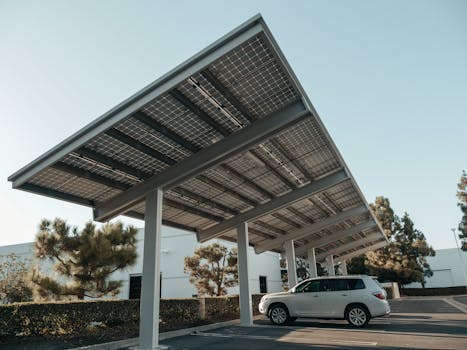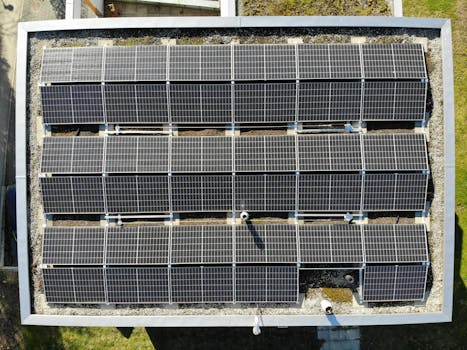
Smart Cities: Urban Trends for 2025
Smart Cities are at the forefront of urban development, incorporating cutting-edge technology and innovative solutions to create sustainable, efficient, and livable cities. As we approach 2025, it’s essential to explore the latest trends shaping the future of urban planning and development. In this article, we’ll delve into the world of smart cities and examine the key trends that will define urban landscapes in 2025.
Introduction to Smart Cities

Smart Cities are urban areas that leverage technology and data analytics to improve the quality of life for citizens, enhance economic growth, and reduce environmental impact. These cities are designed to be more efficient, sustainable, and resilient, with a focus on innovation and collaboration. From intelligent transportation systems to smart energy grids, smart cities are redefining the way we live, work, and interact with our surroundings.
Key Trends for 2025

As we look ahead to 2025, several trends are emerging that will shape the future of smart cities. Some of the most significant trends include:
- Increased Adoption of IoT Technology: The Internet of Things (IoT) will play a vital role in smart cities, with more devices and sensors being connected to improve efficiency, safety, and sustainability.
- Artificial Intelligence and Machine Learning: AI and ML will be used to analyze data, optimize city operations, and predict potential issues, enabling cities to become more proactive and responsive to citizen needs.
- Electric and Autonomous Vehicles: Electric and autonomous vehicles will revolutionize transportation in smart cities, reducing emissions, improving safety, and enhancing mobility.
- Smart Energy and Grid Management: Smart cities will prioritize renewable energy sources, energy efficiency, and grid management to reduce carbon emissions and ensure a reliable energy supply.
- Enhanced Citizen Engagement and Participation: Smart cities will focus on creating more engaging and participatory platforms for citizens, enabling them to contribute to urban planning, provide feedback, and access city services more easily.
Case Studies and Examples

Several cities around the world are already implementing smart city initiatives, showcasing the potential of these trends. For example:
- Singapore’s Smart Nation Initiative: Singapore is investing heavily in smart city technologies, including IoT sensors, AI, and data analytics, to create a more efficient, sustainable, and livable city.
- Copenhagen’s Carbon Neutral Initiative: Copenhagen is striving to become carbon neutral by 2025, with a focus on renewable energy, green transportation, and energy-efficient buildings.
- Barcelona’s Smart City Strategy: Barcelona is implementing a range of smart city initiatives, including smart lighting, waste management, and urban planning, to improve the quality of life for citizens and reduce environmental impact.
Conclusion

Smart cities are redefining the way we live, work, and interact with our surroundings. As we approach 2025, it’s essential to stay informed about the latest trends and innovations shaping the future of urban development. By embracing these trends and learning from existing smart city initiatives, we can create more sustainable, efficient, and livable cities for generations to come.





